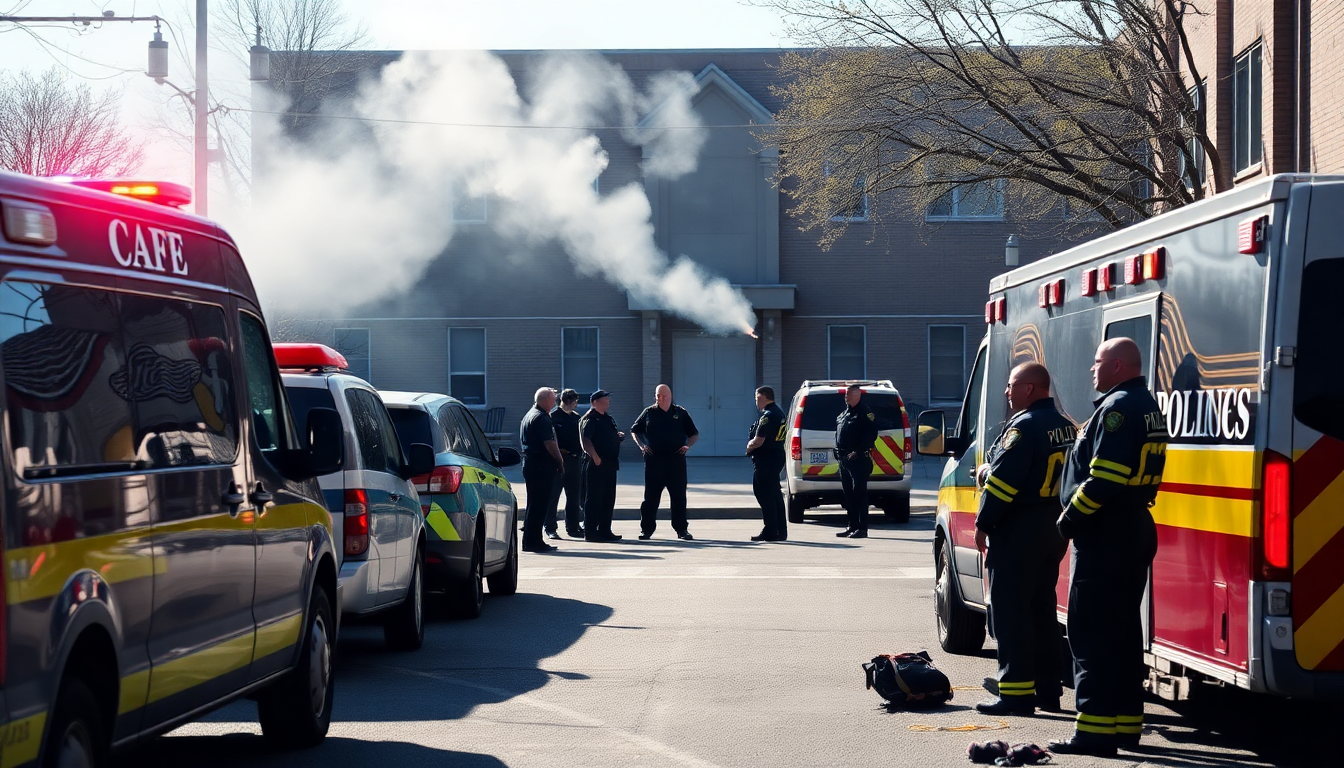Table of Contents
The recent shooting at Annunciation Catholic School in Minneapolis has thrown the issue of school safety back into the spotlight. With two lives tragically lost and around 20 others injured, this heartbreaking event adds another chapter to the ongoing saga of violence in our schools. As emergency services work to support the victims and investigations unfold, it’s important to dig deeper into what happened, how local and federal authorities reacted, and what this means for communities across the United States.
Details of the Incident
What was meant to be a day of fresh starts for students quickly turned into a nightmare when gunfire erupted at the Catholic school in southern Minneapolis. Reports from the Justice Department reveal that the shooter, whose identity hasn’t been released yet, also died in the incident. Thankfully, the Minneapolis police responded quickly, assuring the public that the shooter had been “contained,” which helped alleviate fears of further danger.
Governor Tim Walz took to social media to share updates, expressing his condolences and prayers for the students and teachers impacted by this act of violence. The school, a hub for learning and community, has been deeply shaken, and the emotional scars from this tragedy will linger for years.
Community and Emergency Response
In the wake of the shooting, local officials worked tirelessly to ensure the community’s safety. The City of Minneapolis reassured residents that there was no ongoing threat, emphasizing that the shooter had been contained. Emergency services, including Hennepin Healthcare, acted swiftly to care for those injured, underscoring how crucial their quick responses were in preventing further harm.
Families of students were directed to a designated reunification zone, which was a much-needed measure to help alleviate the anxiety and confusion that often follow such traumatic events. This incident also prompts us to consider how well schools are prepared for emergencies and what resources are available to support students and families in the aftermath of violence. Are we doing enough to safeguard our kids?
National Implications and Future Considerations
This tragic event is far from isolated; it’s part of a troubling trend of gun violence in American schools. As students return from summer break, reports of false active shooter situations have surged across various campuses, raising serious concerns about safety in our educational settings. Even President Donald Trump weighed in, calling the situation “terrible” and highlighting the urgent need for comprehensive discussions around gun control and school safety measures.
As we look to the future, it’s crucial for communities, educators, and policymakers to engage in meaningful conversations about prevention strategies and the support systems needed for those impacted by these tragedies. The emotional toll on students and educators is significant, and the demand for mental health resources is more critical than ever as schools strive to create secure environments for learning.
In closing, the Minneapolis school shooting is a stark reminder of the challenges our schools face today. As we reflect on this heartbreaking incident, let’s prioritize safety and support, ensuring that our educational institutions remain places of learning and growth, free from the specter of violence. How can we come together to make our schools safer for everyone?


